7 Days Shira Route Kilimanjaro Trek
7 Days Shira Route Trek Overview
If you’re seeking a Kilimanjaro trek that offers breathtaking scenery, low foot traffic, and a steady path to the top, the 7 Days Shira Route is the perfect choice.
Approaching the mountain from the western side, this lesser-known trail begins on the vast Shira Plateau, offering expansive views from day one. Unlike more crowded routes, the Shira experience is peaceful and wild.
As the route gradually climbs, it joins the Machame Route for the summit approach, combining scenic variety with a solid acclimatization profile. With gentle early stages, dramatic landscapes, and a high summit success rate, the 7 Days Shira Route is ideal for both first-time and seasoned trekkers looking for a quieter, more exclusive Kilimanjaro climb.
What Makes the 7 Days Shira Route Special?
Excellent Acclimatization
The gradual ascent across the Shira Plateau gives your body time to adjust, improving your comfort and increasing your chances of a successful Kilimanjaro summit.
Unique Western Approach
The 7 Days Shira Route begins on the rarely used western side, offering a quieter, more remote experience far from the busy trails.
Panoramic Vistas
From the open Shira Plateau, enjoy stunning views of Kibo Peak, Shira Cathedral, and even Mount Meru.
Diverse Ecosystems
Trek through Kilimanjaro’s changing climate zones: lush moorlands, alpine deserts, and the icy arctic summit, all in one unforgettable journey.
Day 1: Morum Barrier to Shira 1 Camp
Elevation Gain: Approximately 86m / 280ft
- Distance: Approximately 4 km / 2 miles
- Hiking Time: Approximately 2 hours
- Habitat: Moorland
Your Kilimanjaro trek begins with a drive to the Londorossi Park Gate, where the necessary entry procedures for the Kilimanjaro National Park will be completed. Following registration, you will be driven further into the park to the Morum Barrier, which serves as the actual starting point for your climb.
From Morum Barrier, you will immediately begin trekking through the heath and moorland This section is characterized by low-lying vegetation, including heathers and grasses, typical of this high-altitude environment.
Today’s hike is relatively short and gentle, allowing for a very gradual ascent as you begin to acclimatize to the altitude. The trail offers initial views of the surrounding landscape.
Your destination for the night is Shira 1 Camp, situated on the Shira Plateau. Upon arrival, you will settle into your camp and prepare for the days ahead.
Day 2: Shira Camp 1 to Shira Camp 2
- Elevation: 3,500m to 3,840m
- Distance: 7 km | Hiking Time: 3–4 hours
- Habitat: Moorland
A shorter day allowing for excellent acclimatization as you traverse the Shira Plateau. Enjoy the unique scenery of this high-altitude environment and the panoramic views of Kibo and the surrounding volcanic cones.
Day 3: Shira Camp 2 to Lava Tower to Barranco Camp
- Elevation: 3,840m to 4,630m (Lava Tower) then down to 3,976m
- Distance: 10 km | Hiking Time: 6–8 hours
- Habitat: Semi-desert
This crucial acclimatization day takes you up to the dramatic Lava Tower, allowing your body to adjust to the higher altitude before descending to the scenic Barranco Camp. This “climb high, sleep low” strategy is vital for summit success.
Day 4: Barranco Camp to Karanga Camp
- Elevation: 3,976m to 3,995m
- Distance: 5 km | Hiking Time: 4–5 hours
- Habitat: Alpine desert
The day begins with an exhilarating scramble up the Barranco Wall, followed by a gentle trek across undulating terrain to the Karanga Valley. This day provides further acclimatization and stunning views.
Day 5: Karanga Camp to Barafu Camp
- Elevation: 3,995m to 4,673m
- Distance: 4 km | Hiking Time: 3–4 hours
- Habitat: Alpine desert
A shorter ascent to Barafu Camp, the final camp before your summit attempt. The landscape becomes stark and rocky, preparing you for the challenging night ahead. Enjoy an early dinner and rest well.
Day 6: Barafu Camp to Uhuru Peak to Mweka Camp
- Elevation: 4,673m to 5,895m (Uhuru Peak) down to 3,068m
- Distance: 17 km | Hiking Time: 12–14 hours
- Habitat: Arctic to rainforest
The summit push begins around midnight. Ascend through the night to Stella Point and then onwards to Uhuru Peak, the “Roof of Africa.” Celebrate your achievement before descending back to Barafu for a short rest and then continuing down to Mweka Camp for a well-deserved night’s sleep.
Day 7: Mweka Camp to Mweka Gate
- Elevation: 3,068m to 1,640m
- Distance: 10 km | Hiking Time: 3–4 hours
Habitat: Rainforest
Enjoy a relaxed descent through the lush rainforest to Mweka Gate. Here, you’ll receive your summit certificate and be transferred back to Moshi for a hot shower and comfortable accommodation.
What’s Included
- Licensed professional guides with wilderness first aid training
- Friendly, experienced porters and a personal cook
- Park fees, rescue fees, and government taxes
- All camping equipment (tents, sleeping mats, mess tent)
- Meals during the trek (breakfast, lunch, dinner)
- Clean drinking water throughout the climb
- 2 nights hotel accommodation in Moshi (before & after the trek)
- Airport transfers to and from Kilimanjaro International Airport (JRO)
Not Included
- International airfare
- Tanzania entry visa
- Travel insurance (required)
- Tips for crew (guides, porters, cook)
- Personal trekking gear (available for rent in Moshi)
7 Days Shira Route Climb Key Scenic Highlights
Shira Plateau
- Overview: A vast, high-altitude plateau formed by the collapse of an ancient volcanic cone. It offers a unique and relatively flat trekking experience in the early days.
- Experience: Hike across this expansive moorland, encountering unique high-altitude flora and enjoying breathtaking, unobstructed views of Kibo and the surrounding landscapes. The sense of space and tranquility is remarkable.
- Tip: The sunsets and sunrises over the Shira Plateau are often spectacular, painting the sky with vibrant colors.
Shira Cathedral
- Overview: A prominent rock formation on the Shira Plateau, resembling a natural cathedral.
- Experience: Trekking past this impressive geological feature provides a dramatic backdrop and a sense of the ancient volcanic history of Kilimanjaro. It’s a great photo opportunity.
Lava Tower
- Elevation: Standing tall at 4,630 m (15,190 ft), Lava Tower is a significant landmark where the Shira and Machame routes converge.
- Characteristics: This towering volcanic plug offers a dramatic and rugged landscape, serving as a crucial point for acclimatization.
- Experience: The hike to Lava Tower exposes you to higher altitudes, aiding acclimatization before descending to a lower sleeping altitude. The views from around the tower are expansive.
Barranco Wall
- Overview: A steep and imposing cliff face that presents a fun and challenging scramble.
- Experience: Ascending the Barranco Wall is a memorable part of the trek, offering stunning panoramic views of the valleys below and the majestic Kibo peak above. While it looks daunting, it’s generally manageable with careful footing.
- Quote: “The traverse and ascent of the Barranco Wall offer a unique blend of challenge and unparalleled beauty, making it a highlight for many trekkers.” – Kilihighlands Explorer Team
Karanga Valley
- Overview: A picturesque valley characterized by its relatively lush vegetation at this altitude and the Karanga River.
- Experience: The descent into and ascent out of the Karanga Valley provides a change in terrain and offers a chance to see unique high-altitude plant life. It’s a welcome contrast to the more arid landscapes.
- Tip: This is often a good spot to refill water bottles with treated water from the Karanga River.
Barafu Camp
- Elevation: Situated at 4,673 m (15,331 ft), Barafu Camp is the final staging point before the summit attempt.
- Characteristics: The camp is perched on a rocky, exposed ridge with breathtaking views of Kibo and Mawenzi peaks.
- Experience: Witnessing the sunset and sunrise from Barafu Camp, with the towering peaks as a backdrop, is an awe-inspiring experience, building anticipation for the summit push.
Why take 7 Days Shira Route Climb?
Excellent Acclimatization Profile
The 7 Days Shira Route begins with a gentle ascent, helping your body adjust gradually and improving summit success.
Stunning and Unique Scenery
Enjoy rare western landscapes like the Shira Plateau, Shira Cathedral, and panoramic views of Kibo Peak.
Less Crowded Experience
Trek in peace with fewer climbers than on Machame or Marangu, ideal for a quiet and immersive adventure.
Gradual Ecological Transition
Witness Kilimanjaro’s diverse zones: moorland, alpine desert, and arctic summit, unfold step by step.
Joins the Popular Machame Route
Merges with the Machame Route for the summit, offering solid infrastructure and experienced support.
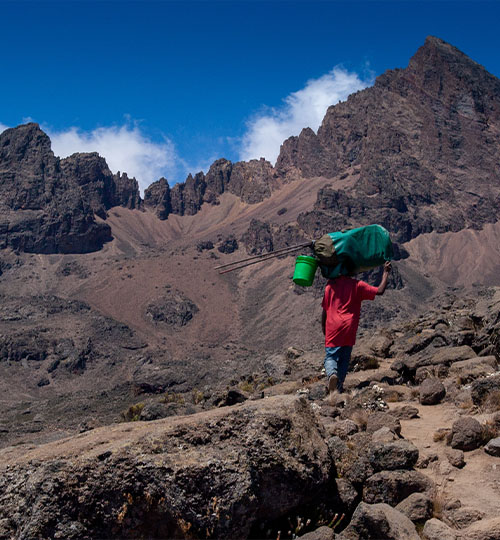
How does the terrain change throughout the 7 Days Shira Route climb?
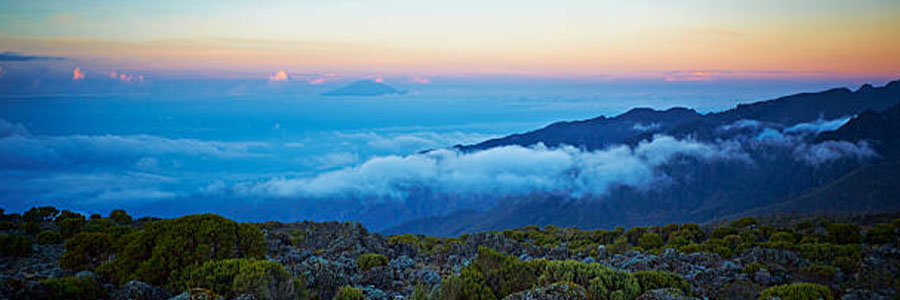
Moorland Zone (Starting Point):
Begin the trek with a drive to Kilimanjaro's western side, entering the high moorland at 3,500m. Traverse the flat Shira Plateau's rocky terrain, surrounded by unique high-altitude flora.

Alpine Desert Zone:
As you ascend to Shira Camp 2, vegetation thins, transitioning into the alpine desert at 4,000m. Expect rocky paths, cooler temperatures, and stunning views of Kilimanjaro's peaks. Acclimatization is crucial.

High Alpine Zone:
Ascent to Lava Tower (4,630m) and descent to Barranco Camp (3,976m) feature rugged terrain, steep scrambles, and stunning views. "Climb high, sleep low" helps with acclimatization.
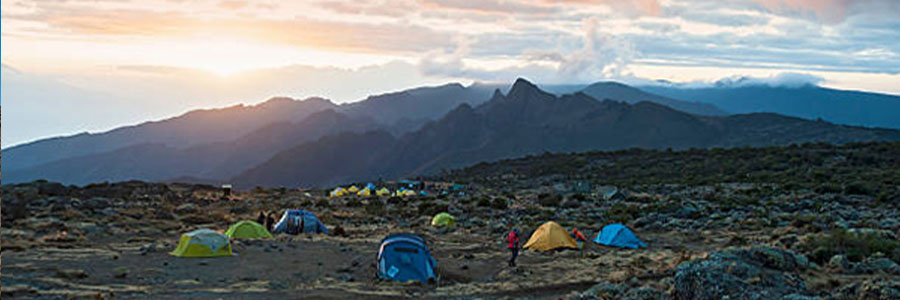
Alpine Desert (Continued):
The final ascent from Barafu Camp to Uhuru Peak (5,895m) leads into the glacial zone, featuring steep, loose scree and potential snow. Experience stunning panoramic views from the "Roof of Africa."
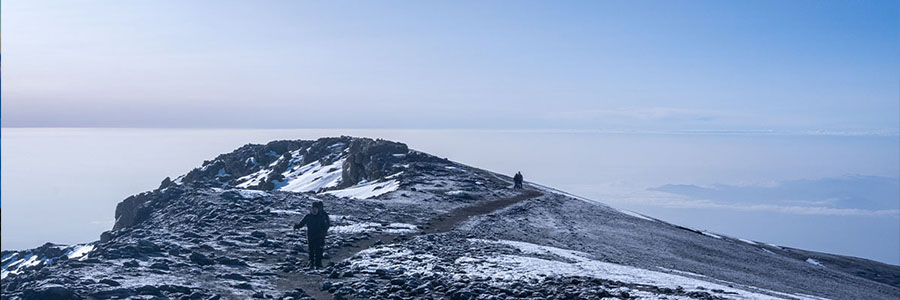
Glacial Zone
As climbers approach the summit at 5,895 m, they enter the glacial zone, characterized by ice and snow, challenging terrain, and cold temperatures, signifying they are nearing Kilimanjaro’s peak.
Preparing for Your Kilimanjaro Trek
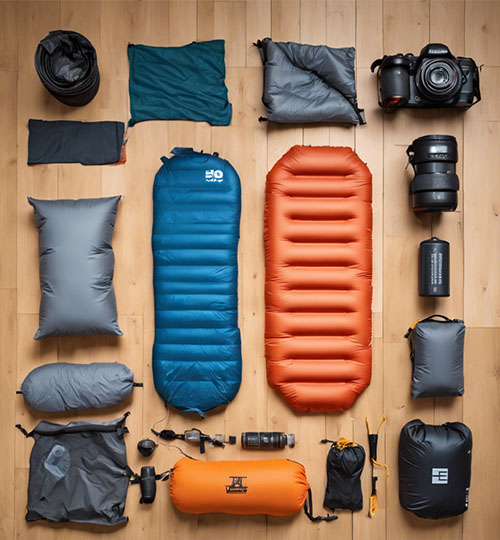

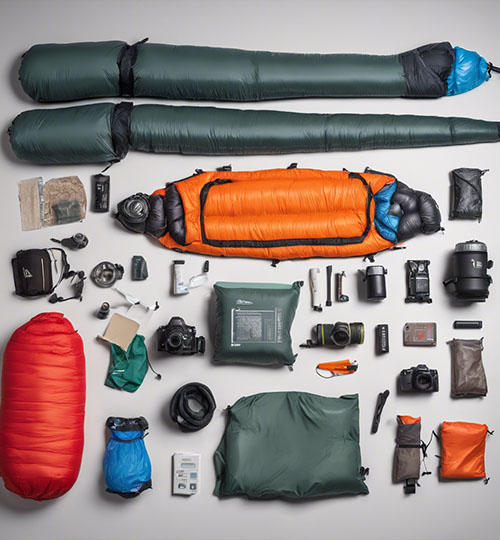

Fitness Tips:
• Begin a regular training routine at least 6–8 weeks before your trek.
• Focus on cardio (hiking, stair climbing, cycling) and leg strength.
• Practice walking with a daypack similar to what you’ll carry on the mountain.
• Simulate longer hikes over uneven terrain when possible.
Packing Essentials:
Footwear: Waterproof hiking boots; trekking poles
Clothing: Base layers, fleece mid-layer, down jacket; waterproof shell
Sleep Gear: Sleeping bag (-10°C/14°F)
Essentials: Headlamp, gloves, beanie, sunglasses, sunscreen, refillable water bottles (3L), first-aid kit
Why Trek With Us?
- 10+ Years of Experience: We have a proven track record of safely guiding climbers to the summit of Kilimanjaro.
- Expert Local Guides: Our knowledgeable guides are passionate about Kilimanjaro and dedicated to providing you with a safe, informative, and enjoyable experience.
- Small Group Sizes: We prioritize personalized attention and a more intimate trekking experience with smaller group sizes.
- Ethical and Sustainable Practices: We are committed to fair wages for our team and environmentally responsible trekking practices.
Ready for the 7 Days Shira Route Climb?
Fill out our Inquiry Form to get started or schedule a free consultation with our Kilimanjaro trekking experts.
Frequently Asked Questions About 7 Days Shira Route Climb
What makes the 7 Days Shira Route Climb unique?
It offers a quiet western approach with stunning views across the vast Shira Plateau.
Who is the 7 Days Shira Route Climb best suited for?
It’s ideal for trekkers seeking a scenic, quieter climb with good acclimatization.
How does the Shira Route compare to other Kilimanjaro routes in terms of crowds
What type of accommodation is on the 7 Days Shira Route?
You’ll camp in scenic spots under the stars with full support from the trekking team.
Does the 7 Days Shira Route merge with other routes?
It joins the Machame Route near the summit for a proven path to Uhuru Peak.
What is the starting point of the 7-Day Shira Route trek?
The 7-Day Shira Route typically begins with a drive to the Londorossi Gate on the western side of Kilimanjaro. From there, you’ll start your trek, often with an initial hike through the montane forest to Forest Camp (Mti Mkubwa).
What landscapes will I see on the 7 Days Shira Route?
Expect moorlands, alpine deserts, glaciers, and panoramic views of Kibo and Mount Meru.
What is the typical group size for a guided 7-Day Shira Route trek?
Group sizes can vary depending on the operator. However, many operators, including us, aim for smaller group sizes to provide a more personalized and intimate trekking experience. Inquire with your chosen operator about their group size policy.
Is the 7 Days Shira Route less crowded than other trails?
Yes, it sees fewer trekkers, offering a peaceful and immersive wilderness experience.
What wildlife might I spot on the 7 Days Shira Route?
You could see colobus monkeys, antelope, and a variety of high-altitude bird species.
